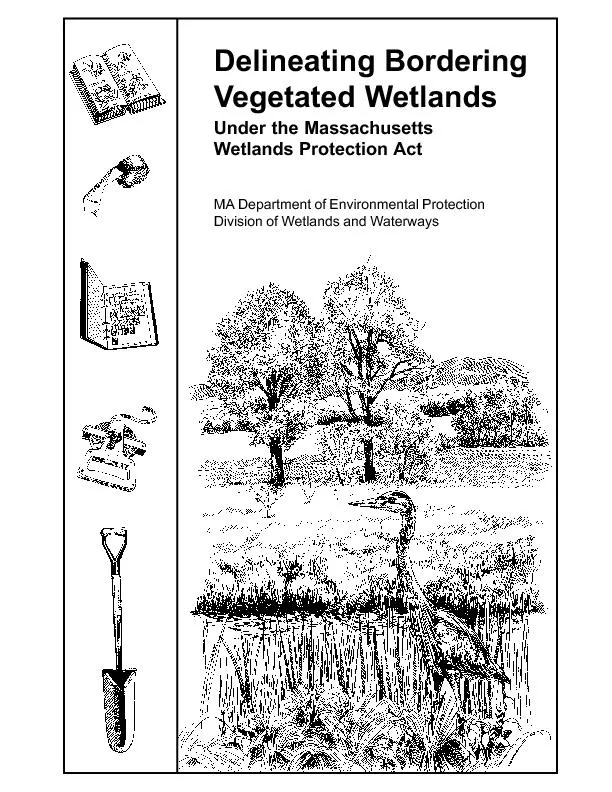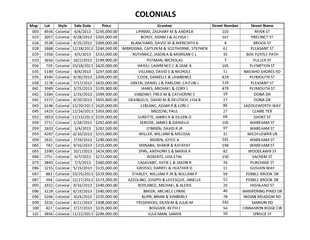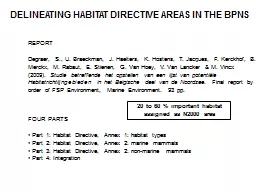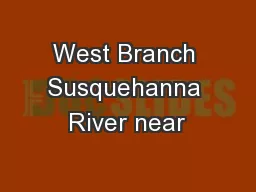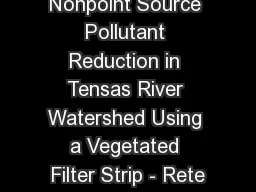PDF-Delineating Bordering Vegetated WetlandsWest Wareham Field Office (ser
Author : natalia-silvester | Published Date : 2016-03-04
Delineating Bordering Vegetated Wetlands United States Environmental Protection AgencyWetlands Protection SectionJFK Federal BuildingBoston MA 02203617 5654868US
Presentation Embed Code
Download Presentation
Download Presentation The PPT/PDF document "Delineating Bordering Vegetated Wetlands..." is the property of its rightful owner. Permission is granted to download and print the materials on this website for personal, non-commercial use only, and to display it on your personal computer provided you do not modify the materials and that you retain all copyright notices contained in the materials. By downloading content from our website, you accept the terms of this agreement.
Delineating Bordering Vegetated WetlandsWest Wareham Field Office (ser: Transcript
Download Rules Of Document
"Delineating Bordering Vegetated WetlandsWest Wareham Field Office (ser"The content belongs to its owner. You may download and print it for personal use, without modification, and keep all copyright notices. By downloading, you agree to these terms.
Related Documents

